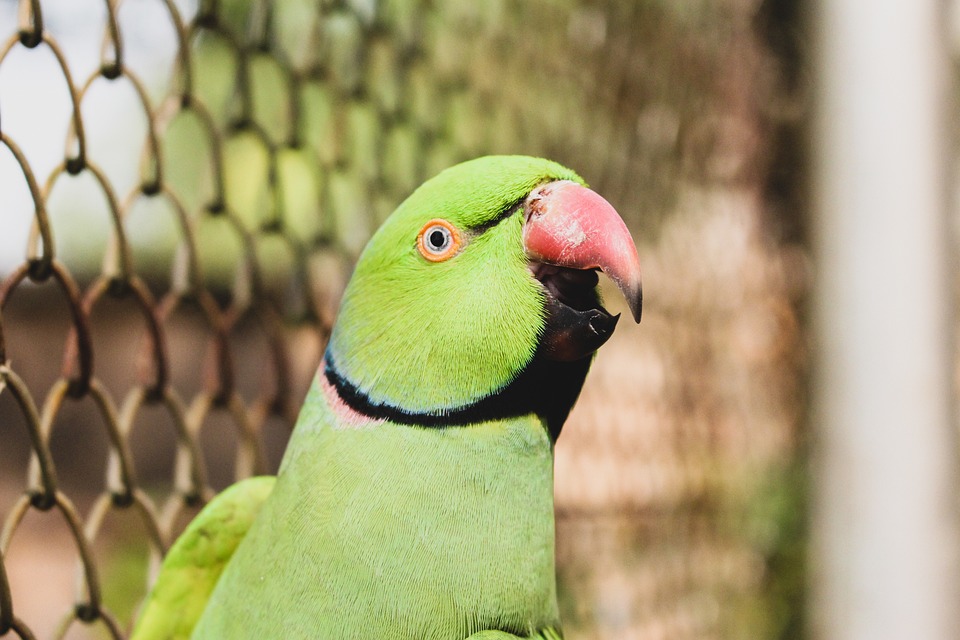Parrots are known for their vibrant colors, intelligent minds, and ability to mimic human speech. These fascinating creatures require proper understanding and care to thrive in a domestic setting. One crucial aspect of parrot behavior is their response to physical touch. In this article, we will delve into the intriguing world of parrot behavior, exploring how these magnificent birds react to touch and the significance it holds in their lives.
Parrots are highly social creatures, known for their strong bonds with their flock members in the wild. Understanding their social nature is essential for providing them with the proper care they need. Parrots form strong relationships through various behaviors, including physical touch. By observing and comprehending their behavior, we can establish a deeper connection with them and ensure their overall well-being.
Natural grooming behaviors are an important aspect of parrot behavior. In the wild, parrots groom each other’s feathers to maintain their appearance and bond with their flock members. When parrots are comfortable with their human caretakers, they may engage in similar grooming behaviors, such as preening their caretaker’s hair or clothing. These actions signify a sense of trust and affection.
Physical touch also plays a crucial role in bonding with parrots. Head scratches and gentle petting are often enjoyed by parrots, as they mimic the grooming behaviors they engage in with their flock members. These actions can create a sense of security and strengthen the bond between the parrot and its caretaker.
However, it is important to note that not all parrots may enjoy physical touch. Some parrots may be more sensitive to touch due to their individual preferences or past experiences. It is crucial to approach each parrot with respect and observe their responses to determine their comfort levels. Signs of discomfort or stress, such as biting, pulling away, or fluffing feathers, indicate that the parrot may not be comfortable with physical touch.
Negative responses to physical touch can also manifest in aggressive behavior or fear. Parrots may bite or display defensive behaviors when they feel threatened or their boundaries are being crossed. It is essential to recognize these signs and give the parrot space when they display such behaviors. Consulting with an avian behaviorist or an experienced parrot trainer can help address these issues and develop a suitable training plan.
Building trust and establishing boundaries are key factors in ensuring a positive response to physical touch. Each parrot has its own unique preferences and tolerances when it comes to touch. Recognizing and respecting these individual preferences is crucial for maintaining a harmonious relationship. Gradual desensitization techniques can be employed to help parrots become more comfortable with touch over time. Understanding and interpreting their body language is also essential for effective communication.
In conclusion, understanding parrot behavior, including their response to physical touch, is vital for fostering a strong bond with these magnificent birds. By recognizing their individual preferences, respecting boundaries, and providing positive experiences, you can create a harmonious and fulfilling relationship with your parrot. Remember, patience, consistency, and love are the keys to unlocking the secrets of your parrot’s behavior. With proper care and understanding, you can establish a deep and meaningful connection with your parrot that will enrich both of your lives.









